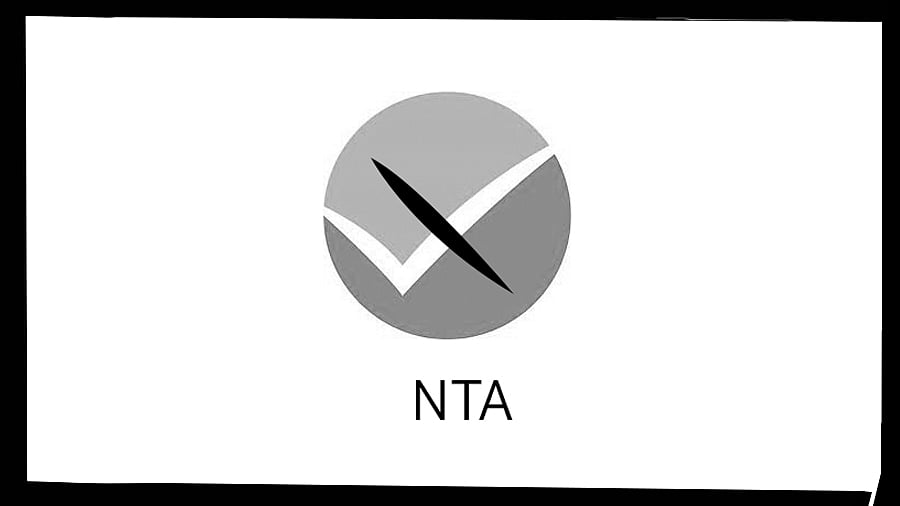
Two months after youth were lathi-charged and detained by police during protests against the National Testing Agency (NTA) at Delhi’s Jantar Mantar, has anything improved? The short answer is no.
While the Supreme Court of India continues to hear the NEET UG case, the University Grants Commission (UGC) is set to release the results of its National Eligibility Test (NET) re-examination. This exam, which determines the eligibility for assistant professor roles and junior research fellowships, was recently added as an entrance exam for PhD admissions in various universities and higher educational institutions.
The original exam, held on June 18, was cancelled due to a security breach and an alleged paper leak. After much anxiety among students, the NTA announced new exam dates between August 21 and September 4. The exam was reverted to computer-based test (CBT) mode with no explanation as to why, just as the switch to pen-and-paper mode had occurred without notice.
Once again, students faced chaotic, mismanaged exam centres, uncooperative staff, and aggressive security checks. Candidates had to undergo fingerprinting, biometrics verification, and other procedures. Neither the NTA nor the UGC have released data on how many of the 11 lakh registered candidates took the rescheduled test and how many people were disillusioned enough to give up.
Even during the rescheduled exam, four centres saw last-minute cancellations and further rescheduling due to technical glitches/floods. Students were forced to wait outside for hours, only to be told the exam was cancelled for the day.
Then came the answer key fiasco, when provisional answer keys were displayed and students were invited to challenge for a fee of Rs 200 for each question. Many students reported multiple errors in the answer keys. In some disciplines, up to 30 out of the 150 answers were incorrect. Specifically, history exam candidates reported over 35 confirmed incorrect answers in the provisional answer keys for one shift of the examination. Despite the growing complaints, NTA initially encouraged students to challenge suspected questions, even the entire papers. When candidates protested against having to pay exorbitant amounts of money to correct NTA’s mistakes, the provisional answer key for history was quietly changed on the portal without official notification or acknowledgement. With 83 subjects under UGC-NET, it’s unclear how widespread the errors are, but complaints have poured in across disciplines.
The situation raises several questions: Why must students give Rs 200 for the NTA to correct its mistakes? Why are postgraduates and PhD scholars subjected to invasive security procedures and hostile exam centres? Why is a multiple-choice question-format paper the most important gateway to PhD admissions for humanities scholars and the only way to achieve government funding or academic grants? And more importantly, has the NTA become more of a private money-making entity than an autonomous government body?
Initially set up with a one-time government grant of Rs 25 crore in 2018, the NTA was made financially self-sustaining, meaning it has had to fund itself through the exams it conducts.
For the UGC-NET exam alone, over 11 lakh students paid significant registration fees—Rs 1,150 for general candidates, Rs 600 for OBC, and Rs 350 for SC/ST/PwD candidates. On top of that, every mistake in their answer key earned them another Rs 200 as anxious students rushed to challenge errors.
According to Education Ministry data, NTA conducted more than 240 exams for over 5.4 crore candidates and, in the process, generated a total fee income of Rs 3,512.98 crore from 2018-19 to 2023-24. Of this, the NTA spent Rs 3,064.77 crore, leaving a profit of Rs 448 crore. It’s alarming that while students shoulder the financial burden, the NTA remains unaccountable for its repeated mismanagement.
The failure of the NTA and the challenges associated with the government’s “One Nation, One Exam” policy highlight the problems in attempting to standardise and centralise entrance examinations on a national scale. It is also a lesson on blindly chasing global testing standards with no thought to our population’s diverse realities. A clear example is when NTA pushed to take the NEET examination in CBT mode, mirroring international practices. The Health Ministry had to get involved and mandate NEET to remain a pen-and-paper exam due to the rural student population.
Despite widespread protests, the government continues to support NTA’s expansion, compelling colleges to adopt the Common University Entrance Test (CUET) for undergraduate admissions, even though NTA has repeatedly proven incapable of handling large-scale exams. The UGC-NET, already criticised for its objective question format, has now been made a mandatory requirement for PhD admissions, leading many colleges to abandon their established admission processes. Dissatisfaction with this is evident in Jawaharlal Nehru University’s (JNU) decision to consider a return to its traditional in-house entrance examinations for PhD admissions.
After the NEET (UG) scandal, a government panel led by K Radhakrishnan, former chairman of ISRO, was tasked with suggesting improvements in NTA’s exam management. However, they have asked for an extension of three weeks from the stipulated date of September 30 to submit their report.
Meanwhile, the Education Ministry remains unfettered on its centralisation agenda with the implementation of its National Education Policy (NEP) 2020. It aims to replace all existing entities like NAAC, UGC, and AICTE with a single body, the Higher Education Commission of India (HECI). The operation and necessity of the newly proposed institutions replacing the old ones remain unclear.
If we continue on this path, Indian universities will keep churning out students who can reproduce the names of all of Gandhi’s ashrams and arrange them chronologically according to their year of establishment but are yet to understand Gandhian thought or engage with it in any substantive manner in their research. As long as this remains the norm, the future of research in India looks bleak.
(The writer is an independent researcher)